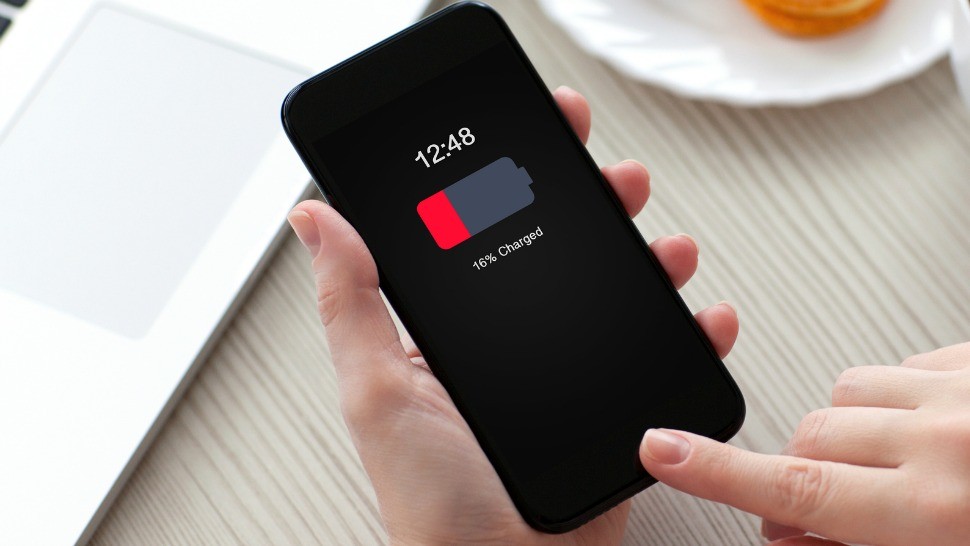Understanding and managing your smartphone battery
I probably do not need to tell you how much of a “show-stopper” it could be when your phone runs out of battery. You will not be able to make or receive phone calls, surf the net, or take a snapshot of an unforgettable scenery or historic artifact you see in a faraway place while […]

I probably do not need to tell you how much of a “show-stopper” it could be when your phone runs out of battery. You will not be able to make or receive phone calls, surf the net, or take a snapshot of an unforgettable scenery or historic artifact you see in a faraway place while on travel. The way things come to life with batteries is nothing short of a miracle. Today’s article has in part been motivated by the promised 5,000 mAh battery capacity in one of the premium smartphones unveiled by Huawei on 16 October 2018, as described in last week’s article in this column. While I was tempted to go into more details on the significance of this humongous power source, it was not clear I could because of concerns over how much the readership of this column would appreciate the jargons I would have used. So, here we are in today’s article on a foundational guide to your phone battery.
Battery Basics: Electricity is the flow of electrons through a conductor; for which three components (anode, cathode, and electrolyte) are required. The anode is the negative end of the battery; the cathode is the positive. Chemical reactions take place in the anode, which produce electrons and positive ions. The cathode does not react to produce electrons and/or positive ions. As per “opposites attract,” the electrons will attempt to move to the cathode, but are not able to do so because of the electrolyte, which is located between the anode and cathode. However, when a conductor (wire) connecting the cathode and the anode together outside the battery is present, the electrons now have an alternate way to move from the anode to the cathode. As the electrons to move through the conductor, the positive ions move in the other direction into the electrolyte towards the cathode. The movement of electrons through the conductor provides (electric) energy to any device connected to the conductor. The circuit is completed by the motion of the electrons back into the cathode and recombining with the positive ions.
Battery Drainage: The movements of electrons and ions represent chemical reactions – and the reacting chemical species are of course depleted. This reduces their ability to generate electric energy, as the battery is drained. During charging, the process is reversed, as the positive ions move back through the electrolyte into the anode. The electrons will take the longer path in the circuit to move back into the anode, where they recombine.
Lithium-Ion Batteries: A key difference between batteries is the chemicals used inside the cathode, anode and electrolytes, which results in different types of chemical reactions and hence different rates of production of electrons and positive ions, and battery power. Lithium-ion batteries are commonly used in smartphones because lithium is one of the lightest metals and it has the largest energy density for its weight. Lithium-polymer is the latest battery type and the most advanced technology for smartphone, though it is more costly and has lower power density, but less prone to cause fire.
Battery Capacity: This refers to the amount of power your battery can hold or the amount of lithium ions that are within the anode and cathode. A common way to measure battery capacity is the mAh, or milliampere hour. It is a measure of the rate of electron flow through the electrical conductor.
Battery Life: This refers to the time taken for your battery to run out of power.
Battery Lifespan: With each charge and discharge, the amount of lithium ions within the cathode and anode is reduced. The battery life is a measure of the number of charges and discharges a battery can take before it completely loses its viability as a power storage device. For example, iPhone’s lifespan is estimated at 300 to 500 charges, or between one and a half to 2 years.
There are a couple of steps you can take to conserve battery life: Always allow the heat generated by your phone to dissipate, since heat affects the components of your phone and shortens battery life. For example, you could remove the case of your device when charging or when the phone feels hot during usage. The lithium-ion chemistry pertains to an electrolyte (a liquid chemical compound between cathode and anode) that reacts with residual moisture to form hydrofluoric acid – the most corrosive of all chemical compounds!) The rate of this reaction doubles with every ten degrees-Celsius-increase in temperature, depleting battery life. You should also be aware that lithium-ion cells generate heat themselves during charging and discharging in amounts that are proportional to the amount of power drawn by your phone and the speed at which you charge.
Energy from your battery is used to maintain bright colors in the background. Therefore, setting a not-so-bright background color will extend the life of your battery, as will using the low-power mode. The 4G uses more power than Wi-Fi, so set your phone to automatically use the latter. Contrary to what you might think, completely using up your phone’s battery before recharging it is not good for lithium-ion batteries.
